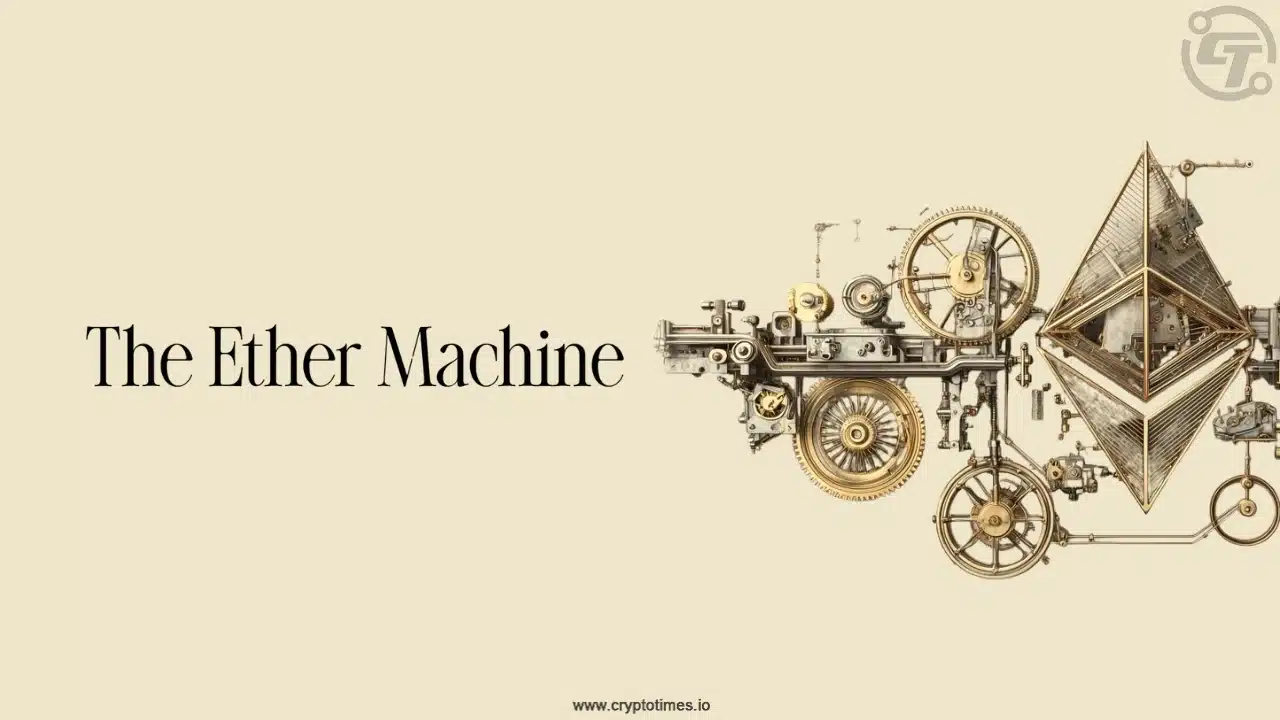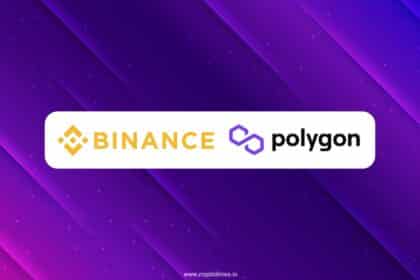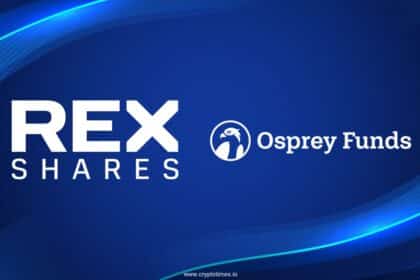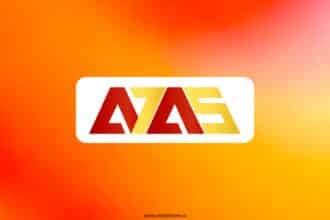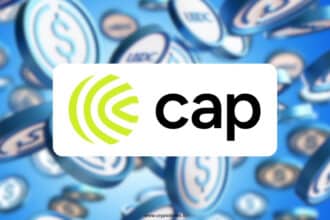On October 3, 2025, crypto-native firm The Ether Machine announced it had earned 1,000 Ether (ETH) in yield from staking its entire treasury.
According to the company’s press release, the yield came from in-house validator operations, which the firm described as part of its “fully staked, vertically integrated” treasury model.
A vertically integrated staking approach
Instead of delegating to third-party providers, The Ether Machine operates its own validators, which it says reduces costs and provides greater control over assets.
The firm positions this approach as a way to maximize ETH-denominated returns while maintaining transparency around treasury management, illustrating a growing trend of organizations using staking yields as a treasury tool.
Co-Founder and Chairman Andrew Keys framed the milestone as validation of this model, saying the company was built by “original believers in the power of Ethereum and ETH as the most attractive, productive asset in the digital economy.”
He added that the staking rewards demonstrate the firm’s role as “a vehicle for institutional-grade public exposure to Ethereum, optimizing yield and continually increasing ETH generation per share.”
A test case for staking-based treasuries
While potential rewards are appealing, the approach also raises challenges around custody, operational transparency, and financial reporting, key takeaways to determine whether such models can be sustained in the long term or adapted by other firms.
The announcement underscores how staking is being tested as a corporate treasury mechanism. While The Ether Machine’s results mark an early example, more detailed information on performance and risk management will be necessary to assess how sustainable this approach may be.
Also read: The Ether Machine secures $654M ETH from Blockchains’ Jeffrey Berns


